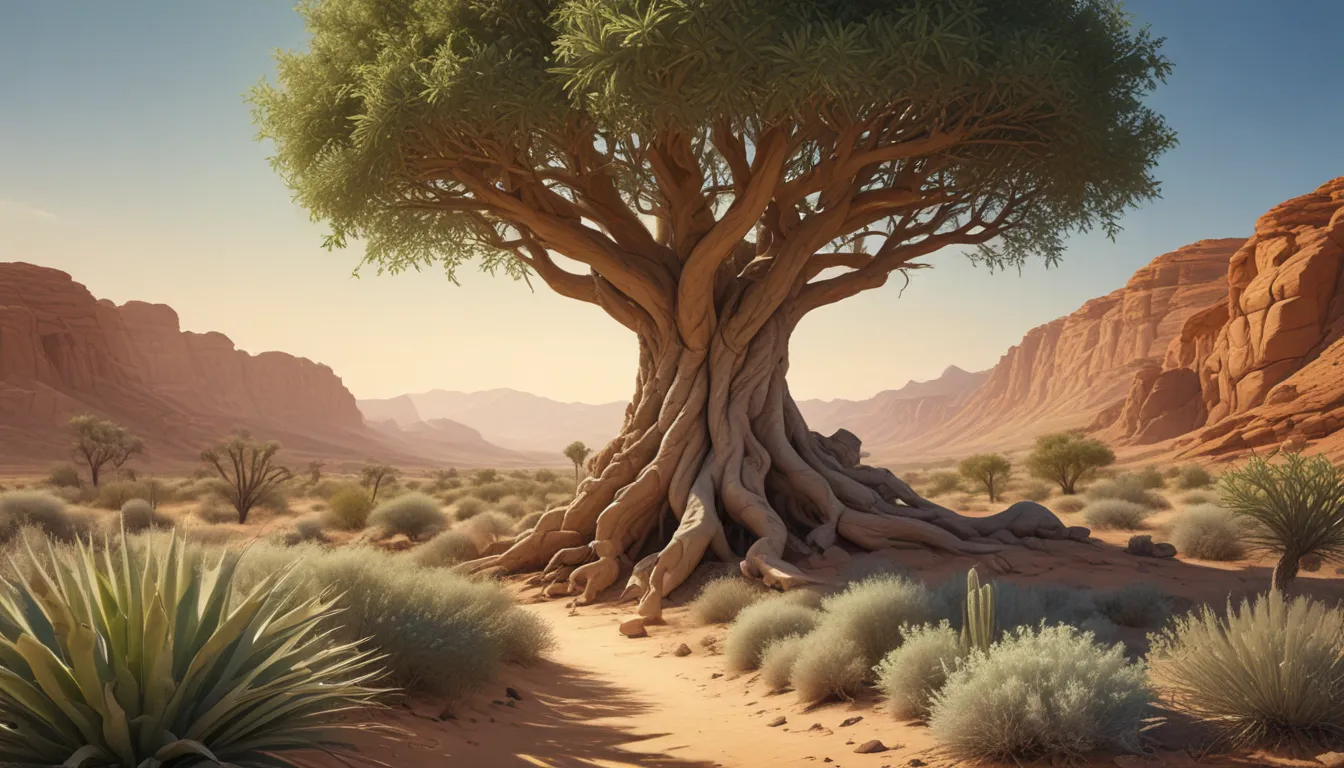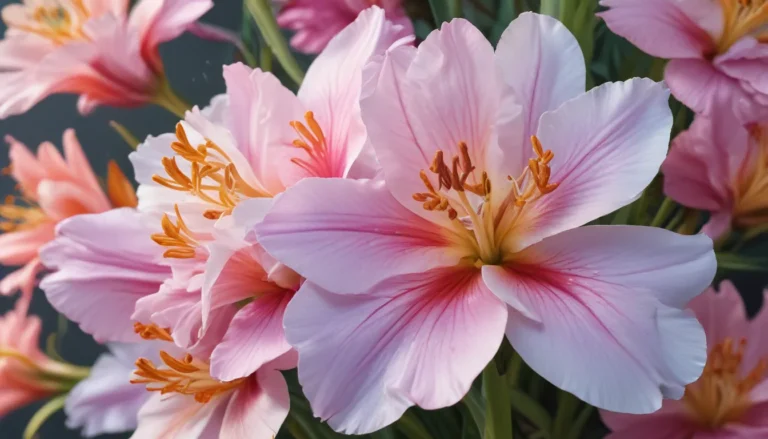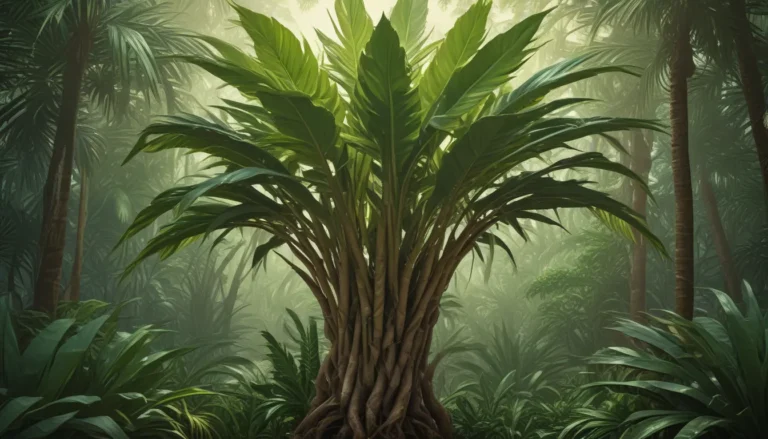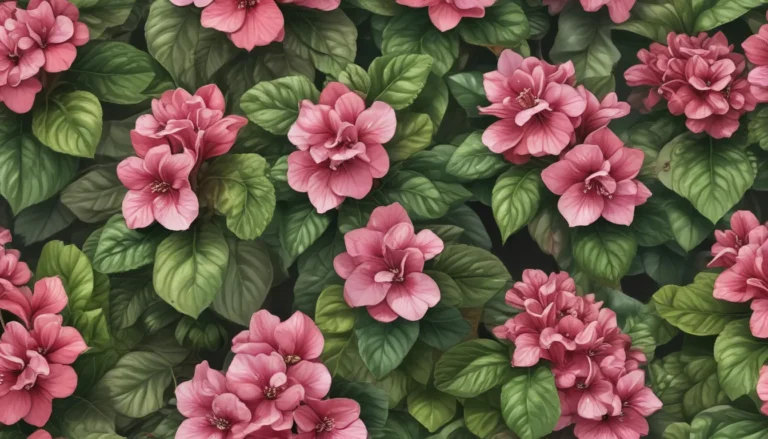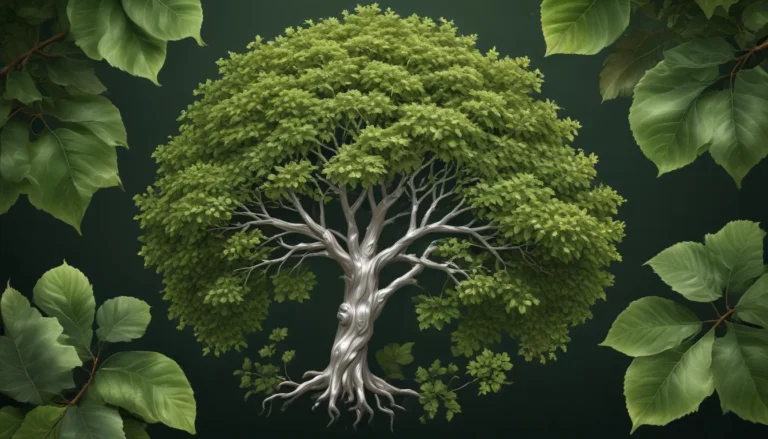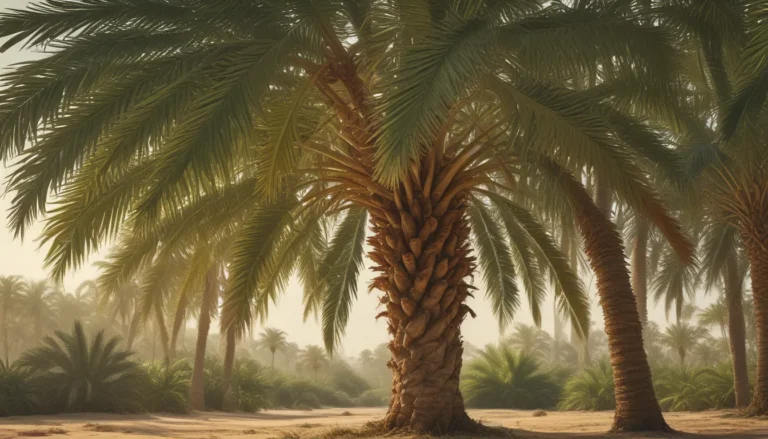The pictures we use in our articles might not show exactly what the words say. We choose these pictures to make you interested in reading more. The pictures work together with the words but don’t take their place. The words still tell you the important facts.
Are you fascinated by the beauty and resilience of desert plants? Look no further than the captivating Dasylirion, a genus of plants that thrive in the harsh environments of North and Central America. Known for their distinctive sword-shaped leaves and impressive flowering spikes, Dasylirion plants, also called sotol or desert spoon, have captured the hearts of horticulturists, landscapers, and nature enthusiasts alike.
Let's embark on a journey to uncover 15 intriguing facts about Dasylirion, from their diverse species to their cultural significance. Whether you're a seasoned plant lover or simply curious about these remarkable desert-dwellers, join us as we explore the enchanting world of Dasylirion.
Unveiling the Marvels of Dasylirion
- Dasylirion plants, also known as desert spoon or sotol plants, are fascinating desert-dwellers with long, sword-shaped leaves and impressive flowering spikes. They are drought-tolerant, low-maintenance, and attract pollinators, making them an ideal choice for water-efficient landscapes.
- With their sharp and spiky leaves, Dasylirion plants are deer-resistant and excellent for erosion control. They have been used by indigenous communities for making fibers and have medicinal properties, adding to their allure in garden landscapes.
Exploring the World of Dasylirion
- Dasylirion belongs to the Agave family, a diverse group that includes well-known plants like agaves and yuccas.
- There are approximately 20 species of Dasylirion, each with its own unique characteristics and appearance.
- The leaves of Dasylirion plants are long, sword-shaped, usually spiky and rigid with sharp tips. They grow in a dense rosette pattern, adding an interesting architectural element to landscapes.
- Some species of Dasylirion can grow up to an impressive height of 10 feet, depending on the species and environmental conditions.
The Resilience and Adaptability of Dasylirion
- Dasylirion plants are highly drought-tolerant, thriving in dry and harsh conditions due to their natural habitat in arid regions.
- The leaves of Dasylirion plants have been used to make fibers, with indigenous communities utilizing them to create ropes, baskets, and clothing.
- Dasylirion plants produce tall flower spikes with small flowers, adding beauty to the landscape and attracting pollinators like bees and hummingbirds.
Practical Benefits and Uses of Dasylirion
- Dasylirion plants are commonly used in xeriscaping, thanks to their ability to thrive in dry conditions. They require minimal water and maintenance, making them ideal for water-efficient landscapes.
- With proper care and suitable growing conditions, Dasylirion plants can live for several decades, up to 20 to 30 years or longer.
- Dasylirion plants are deer-resistant and have medicinal uses, with certain species believed to have healing effects on various ailments.
The Allure of Dasylirion in Garden Landscapes
- Dasylirion plants are low-maintenance, requiring minimal care once established. They are resilient and can tolerate neglect, making them suitable for both beginner and experienced gardeners.
- They serve as excellent focal points in garden landscapes, adding a touch of architectural elegance and creating visual interest.
- Dasylirion plants are valuable for erosion control, with their deep root systems helping stabilize soil and prevent erosion on slopes and hillsides.
Embracing the Fascination of Dasylirion
In conclusion, Dasylirion is a plant that continues to captivate with its unique appearance, adaptability, and practical benefits. Whether you're drawn to its striking structure or its diverse uses, Dasylirion stands as a remarkable botanical wonder worth exploring. By delving into these 15 captivating facts about Dasylirion, you'll gain a deeper appreciation for this resilient plant and all it has to offer.
FAQs About Dasylirion
- Can Dasylirion withstand drought-like conditions?
-
Yes, Dasylirion plants are well-adapted to drought-like conditions due to their ability to store water efficiently in their long, strap-like leaves.
-
Are there any specific care requirements for growing Dasylirion?
-
Dasylirion thrives in well-draining soil and requires full sunlight. Avoid overwatering to prevent root rot.
-
Are there any unique uses for Dasylirion?
-
Yes, Dasylirion has traditional uses such as fiber production, construction materials, and medicinal properties by indigenous communities.
-
Can Dasylirion be grown indoors?
-
While primarily an outdoor plant, smaller varieties of Dasylirion can be cultivated indoors with proper light and care.
-
How long does it take for Dasylirion to reach maturity?
- The growth rate varies, but on average, it can take several years for Dasylirion plants to reach full maturity.
Dive into the enchanting world of Dasylirion and uncover the mysteries and marvels of this captivating desert plant. Whether you're seeking a stunning focal point for your garden or a resilient addition to your landscape, Dasylirion offers a unique blend of beauty, practicality, and intrigue. Join us in celebrating the resilience and allure of the remarkable Dasylirion plant!
